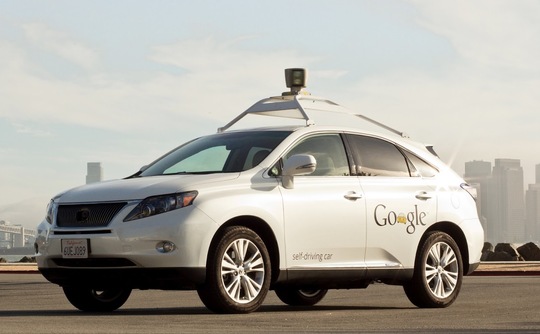With driverless cars predicted to be the vehicles of the future, the interior controls are something for today's engineers and product designers to contemplate. The use of silicone rubber keypads is one of the likely components in the new vehicles due to their versatility, durability and customization. A change in placement will be necessary, but possible. While there are several designs in play with half a dozen auto manufacturers and technology companies, automotive industry experts predict driverless vehicles will reach the consumer market between 2020 and 2028. Some vehicles will have a partially automated control in place by 2015. Now is the time for designers of these futuristic cars to start planning out the use of silicone rubber keypad design.
Placement
Rubber keypads are already in use in most vehicles on the road today.
The difference will likely be in their placement and custom design. For a side-seat passenger, for example, a central panel on the dashboard still makes the most sense, with custom rubber keypads for comfort, lighting and music. A computerized screen for the automated driver, however, will take up much of that space as seen in many of the present designs. The new console for passenger access will likely need to be on the right-hand side of the dashboard. On the door, there are buttons for door locks and window operation. Is that enough? Seat heating and placement are quickly becoming options in higher line vehicles. Incorporating these controls into a rubber keypad within arm's reach of the passengers will no doubt provide more creature comforts for the front seat and the back seat as well.











0 comments:
Post a Comment